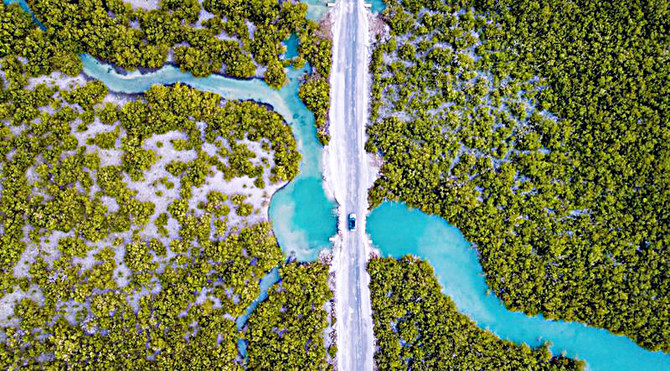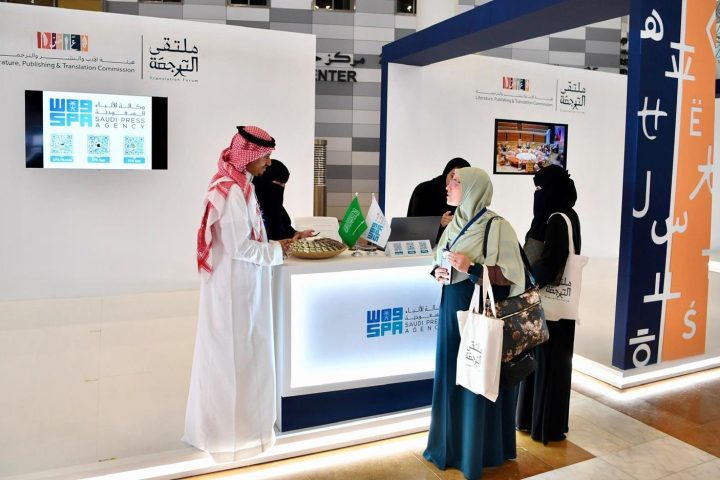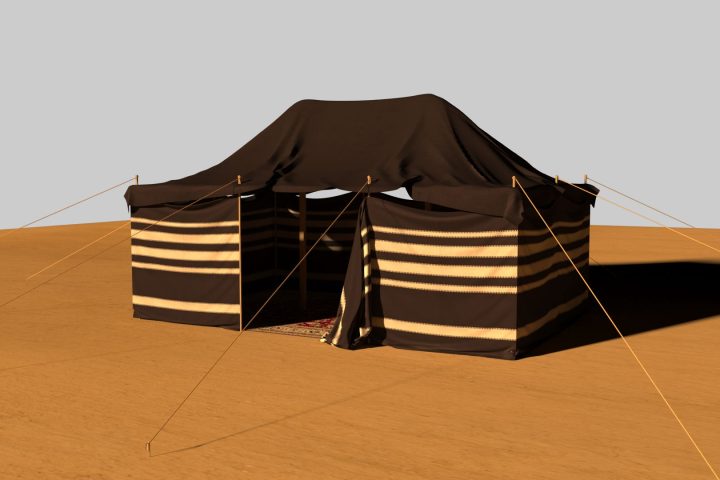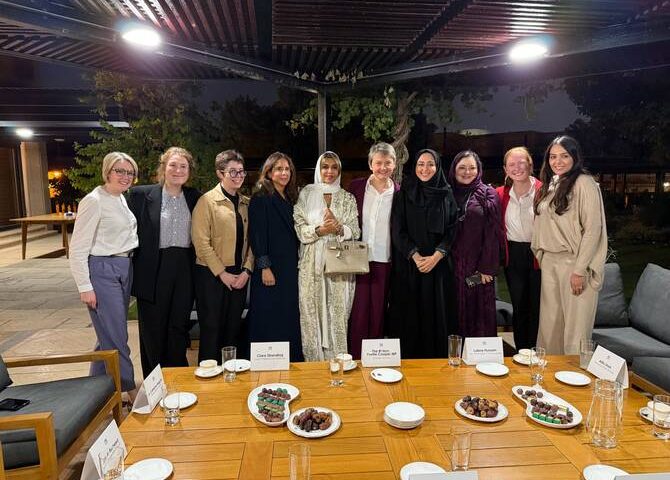Saudi Arabia is accelerating its environmental initiatives by actively restoring mangrove forests along the coasts of the Red Sea and Arabian Gulf, as part of a nationwide strategy to mitigate climate change, preserve biodiversity, and foster sustainable tourism.
Mangroves are vital coastal ecosystems known for their ability to absorb carbon dioxide, protect shorelines from erosion, and provide breeding grounds for marine life and migratory birds. Their resilience to harsh, saline environments makes them essential for ecological stability in arid coastal regions.
The Kingdom has launched several large-scale mangrove plantation initiatives, led by the National Center for Vegetation Development and supported by environmental agencies and tourism sectors. Regular tree-planting campaigns are conducted with the participation of volunteers, schools, and universities—reflecting the growing public engagement in environmental conservation.
Beyond their environmental impact, mangrove areas are becoming increasingly popular eco-tourism destinations, attracting nature lovers for activities like kayaking, nature walks, and photography in serene, biodiverse settings.
These restoration efforts align with Saudi Vision 2030’s commitment to protecting natural resources, expanding eco-tourism offerings, and promoting public awareness of climate challenges—positioning mangrove forests as both a symbol of environmental sustainability and a new frontier for economic opportunity.













